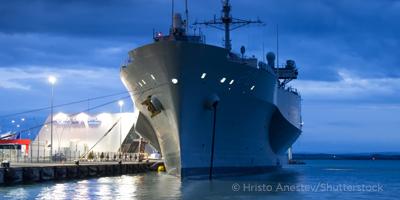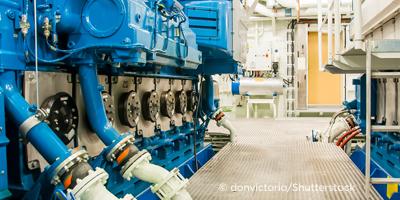Quick Links
- Rules and Resources
-
Services
Quick Links
Sustainability and Decarbonization- Energy Efficiency Existing Ship Index (EEXI)
- Sustainability Reporting and Assurance
- Simulation-based Energy Efficiency Evaluation Service (SIM EEE)
- Greenhouse Gas (GHG) Rating Improvement
- Greenhouse Gas Inventory and Carbon Accounting
- Carbon Capture, Utilization, and Storage (CCUS)
- Alternative Fuel Options
- Alternative Power Sources
- Marine Sustainability
- Offshore Sustainability
- Green Shipping Corridors
- Methanol Value Chain
- Gas
- Carbon Intensity Indicator (CII)
- Ammonia Value Chain
- Carbon Diligence Platform
- Marine Sustainability
-
Innovation and Technology
Quick Links
-
News and Events
Quick Links
-
About
Quick Links

- Rules and Resources
- Services
- Innovation and Technology
- News and Events
- About Us and Careers
- Rules and Resources
- Rules and Guides
- Regulatory Updates
- Advisories and Debriefs
- Flag and Port State
- Engineering Software
- Engineering Reviews
- ABS MyFreedom™ Portal
- Databases
- Forms
- Services
- Classification
- Approval and Certification
- Company and Ship Audits
- Global Marine
- Global Offshore
- Global Offshore Wind
- Global Government
- Sustainability and Decarbonization
- Digital Solutions
- Cybersecurity
- Maritime Training
- Innovation and Technology
- Technology Advancement
- Academic Engagement
- Industry Partnerships
- Data and Digitalization
- Knowledge Center
- About Us and Careers
- Who We Are
- Safety
- Careers
- Contact Us
ABS Fills Methodology Void with Dynamically Installed Piles Guidance Notes
(Houston) ABS, the leading provider of classification services to the offshore industry, has published Guidance Notes that includes the first industry best practices on design methodology for dynamically installed piles. The new ABS Guidance Notes on Design and Installation of Dynamically Installed Piles provides a better understanding of the geotechnical and structural performance of piles, enabling engineers to develop safe and efficient pile designs.
Dynamically installed piles are finned piles designed to be released from 20 to 100 m above the seabed and reach velocities from 20 to 25 m/s before self-embedment. The tip penetration is expected to be two to three times the pile length with holding capacity after consolidation ranging from three to six times the pile weight. By referring to the Guidance Notes, engineers are able to minimize uncertainties using methodology that incorporates strain rate and inertia drag for pile design and installation.
“With installation and procurement costs for conventional foundation technologies increasing with water depth, dynamically installed piles become a more attractive option,” says ABS Chief Technology Officer Howard Fireman. “Our role at ABS is to use the results of our research to help industry understand deployment considerations fully so installations can be carried out more safely.”
Ken Richardson, ABS Executive Vice President, Global Offshore, adds: “A deeper understanding of pile performance will permit safer installations, which will facilitate the wider use of dynamic piles in deep water. This is why ABS developed the industry’s first Guidance Notes to address this issue.”
The Guidance Notes presents best practices for geotechnical design, structural assessment and installation of dynamically installed piles and includes a method for calculating pile embedment depth in cohesive soil. Engineers using the Guidance Notes have access to useful tools to meet the design criteria specified in the ABS Rules for Building and Classing Offshore Installations, the ABS Rules for Building and Classing Floating Production Installations and the ABS Rules for Building and Classing Mobile Offshore Drilling Units.
Download the ABS Guidance Notes on Design and Installation of Dynamically Installed Piles at www.eagle.org.
About ABS
Founded in 1862, ABS is a leading international classification organization devoted to promoting the security of life and property and preserving the natural environment through the development and verification of standards for the design, construction and operational maintenance of marine and offshore assets.
© 2023 American Bureau of Shipping. All rights reserved.




































